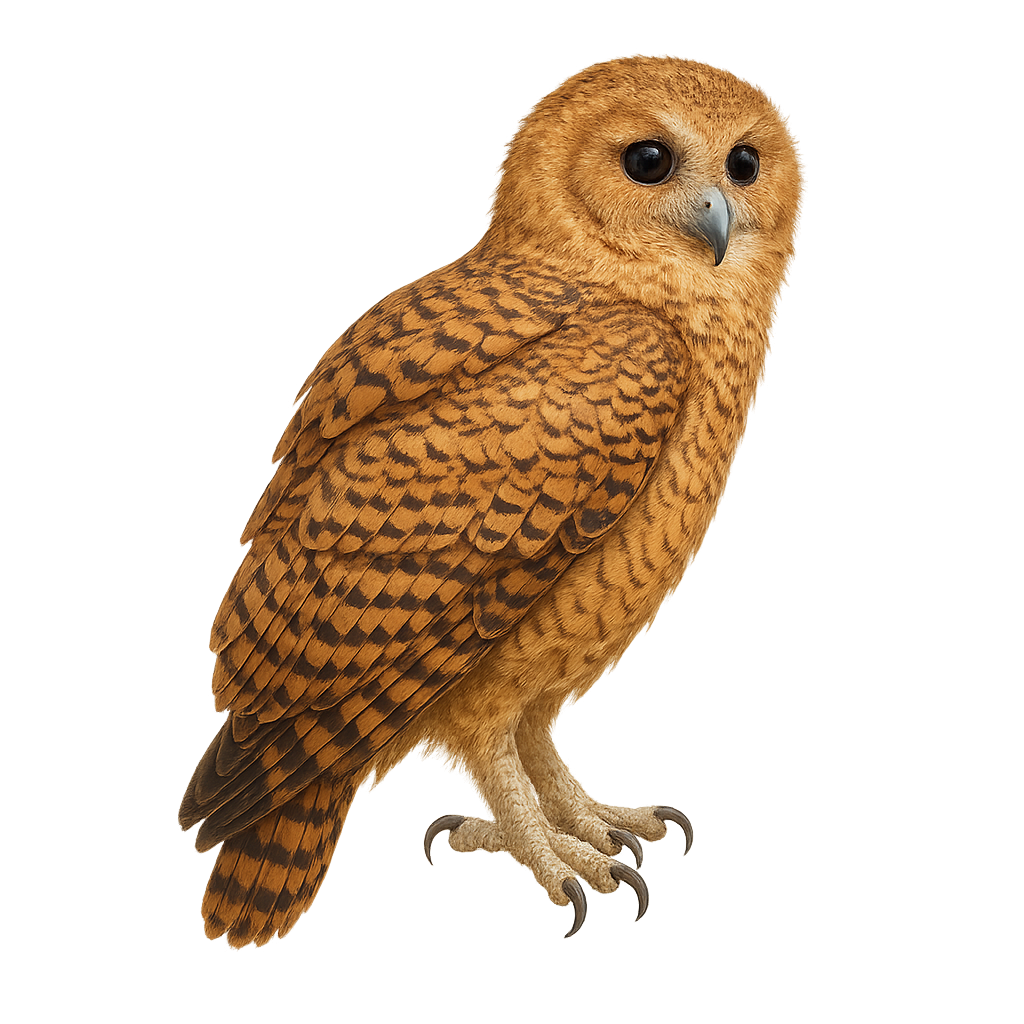Your wildlife photography guide.
Explore the pel's fishing owl in detail, study its behavior, prepare your shots.
Where to observe and photograph the pel's fishing owl in the wild
Learn where and when to spot the pel's fishing owl in the wild, how to identify the species based on distinctive features, and what natural environments it inhabits. The WildlifePhotographer app offers tailored photography tips that reflect the pel's fishing owl’s behavior, helping you capture better wildlife images. Explore the full species profile for key information including description, habitat, active periods, and approach techniques.
Pel's Fishing Owl
Scientific name: Scotopelia peli

IUCN Status: Least Concern
Family: STRIGIDAE
Group: Birds
Sensitivity to human approach: Suspicious
Minimum approach distance: 10 m
Courtship display: December to January
Incubation: 30-32 jours
Hatchings: January to March
Habitat:
Riparian forests, swamps, riverbanks
Activity period :
Mainly active at night, generally discreet during the day.
Identification and description:
The Pel's Fishing Owl is a nocturnal bird of prey belonging to the Strigidae family, predominantly found in sub-Saharan Africa. It is distinguished by its rufous-brown plumage, piercing yellow eyes, and large size, reaching up to 63 cm in height. This owl is particularly adapted to fishing, with powerful talons and unfeathered legs, perfect for catching fish. It prefers habitats near water bodies, such as riparian forests and swamps. Its distinctive call, a deep "hoo-hoo," often echoes at dusk. Though elusive, it serves as an important indicator of the health of aquatic ecosystems.
Recommended lens:
400mm – adjust based on distance, desired framing (portrait or habitat), and approach conditions.
Photography tips:
To photograph the Pel's Fishing Owl, it is advisable to use a telephoto lens of at least 400mm to capture detailed images from a distance. Being a nocturnal species, it is best to photograph it at dusk or dawn when the light is soft. Use a tripod to stabilize your camera and avoid motion blur. Be patient and discreet, as this owl is suspicious. Focus on habitats near water bodies to increase your chances of spotting it.
The WildlifePhotographer App is coming soon!
Be the first to explore the best nature spots, track rutting seasons, log your observations, and observe more wildlife.
Already 1 430 wildlife lovers subscribed worldwide

